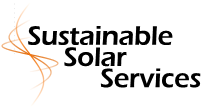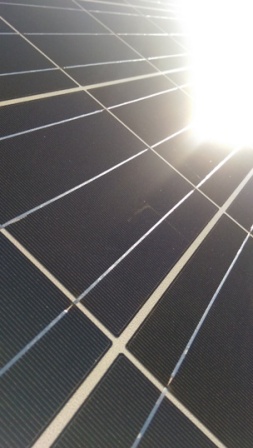Glint and Glare
The assessment of potential hazards of glint and glare from solar power plants has been considered a high priority, especially near airports and highways. Glint is defined as a momentary flash of light, while glare is defined as a more continuous source of excessive brightness relative to the ambient lighting.
While in Photovoltaic (PV) systems the intensity of the potentially reflected irradiation is much lower than potential occurrences in Concentrated Solar Power (CSP) systems, they may lead to distractions to observers like motorists or pilots.
SSS will in this proposed work firstly summarize previous analyses of glint and glare from other PV projects in order to give a broad overview on the general findings. Secondly the proposed PV project will be analysed, the system will be geometrically modelled together with optical parameters of the proposed modules and meteorological parameters of the proposed site.
Furthermore, depending on the most probable appearances of spectators, Key View Points (KVP) will be defined which represent the positions of an observer who might be affected by glint and glare phenomena. For each specified KVP the position of the sun is calculated, and annual simulations will be run to deliver the instants and durations throughout the year where glint and glare might be perceived. This study will serve as a primary base for the analysis of potential mitigation measures if necessary.
After determining the instants where potential distractions may occur, the intensity of the reflected irradiation and the retinal irradiance will be determined. This is based on published methodology, module properties and worst-case assumptions. Apart from the intensity of the incident radiance, the spatial dimensions of the light source, measured as the source angle, the duration of exposure and the spectrum of the reflected irradiance are of significance.
The results will be compared to published thresholds for permanent eye damage and flash blindness in order to evaluate potential hazardous situations which may have to be mitigated. Additionally the findings will be compared to other typical sources of glint and glare like glass or water surfaces to put them into context.
Finally SSS will propose mitigation measures if found necessary in order to reduce the visual impact on potential observers.


